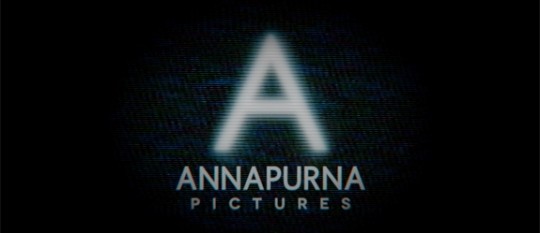Over at ThinkProgress, Alyssa Rosenberg wrote about the Kickstarter method of funding filmmakers (a subject the Editor's Blog has also tackled). Rosenberg is ambivalent-to-hostile and makes an important point: the studio system isn't all bad.
With that clear, it’s worth remembering what working in the system provides. It means excellent facilities and equipment. It means getting hooked up with distribution. It means the ability to reach out to talent more easily than might have been possible otherwise. While there are absolutely edits from networks and studios that end up being bad for film and television, and that are cowardly, conversations between executives and creators are not inherently some sort of poisonous thing, and genius—or even mere inspiration—is not inherently best off when it’s left to flourish unsupervised. This is a common misnomer that people on the outside of creative professions seem to have, but almost everyone I know who writes, or makes art, appreciates second opinions, and editing, and advice on what will find an audience and what won’t. 30 Rock was initially going to be a show about cable news. Lena Dunham works with Judd Apatow and Jenni Konner for a reason. We can argue about the results, but one thing that working with NBC or HBO gets you is access to Lorne Michaels or Judd Apatow, particularly for artists who are leveling up. I would be much more interested in bending the curve on what studios are willing to take on than in exiting the system entirely.
I was a little surprised that Rosenberg didn't address what seems like the perfect compromise between the Kickstarter method and the studio system: patronage.
Look at what Megan Ellison has managed to do in an extremely short amount of time. She has taken some seed money from her obscenely wealthy father and used it to churn out a series of economically risky, commercially questionable, and intellectually challenging films via her production company Annapurna Pictures. The slate she has sponsored has been quite diverse: Most famously, there was Kathryn Bigelow's film on the hunt for bin Laden and Paul Thomas Anderson's oblique look at the founding years of Scientology. She also served as executive producer for Killing Them Softly, a dark look using the world of crime as a framing device to examine the 2008 financial meltdown.
Additionally, Annapurna has dabbled in distributing. The company released Spring Breakers, Harmony Korine's pseudo-art-house attempt to win James Franco an Oscar for best supporting actor.
The patronage system Ellison is spearheading with Annapurna delivers the best of all worlds: creative freedom for smart and talented filmmakers along with connections to the studio system and a distribution network to make sure the films get seen. There's some question as to whether or not such a system is economically sustainable: Killing Them Softly, for instance, grossed $15 million on a $15 million budget, but the gross does not reflect the cut theaters took and the budget does not reflect the cost of a national advertising campaign for a film that opened in more than 2,400 theaters. However, there's no question that it's a bold and interesting experiment at a time when Hollywood is desperately in need of bold and interesting innovators.
Are there enough patrons in the country to indefinitely sustain such a system that is not, on its own, economically viable? I dunno. But five, or 10, or 15 billionaires sponsoring interesting filmmaking combined with the traditional studio system and micro-budgeted, self-financed independent flicks would certainly lead to a more interesting crop of films than we've seen in recent years. And it spares us all the awfulness of filmmakers pimping their audiences for cash to finance their vanity projects (not to mention studios indirectly benefiting from such ridiculous arrangements).
